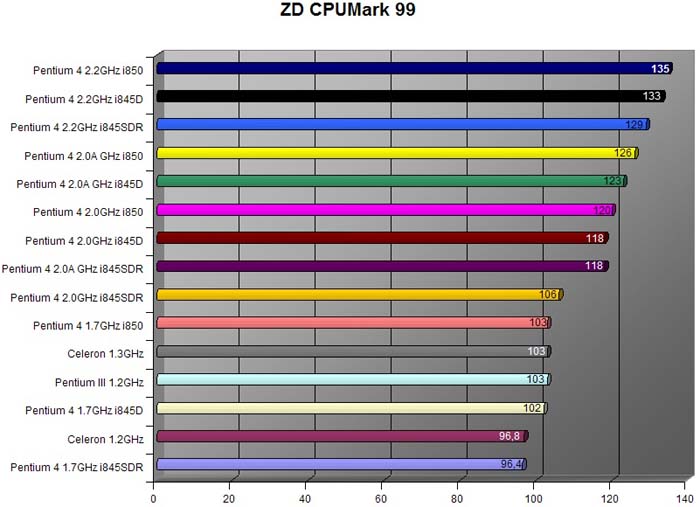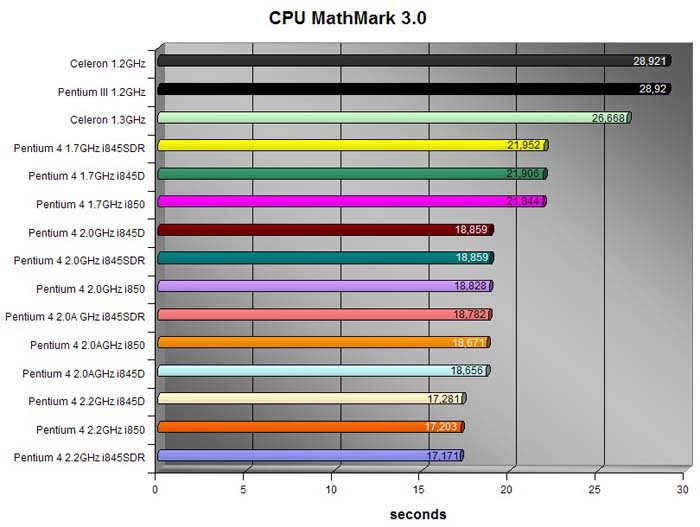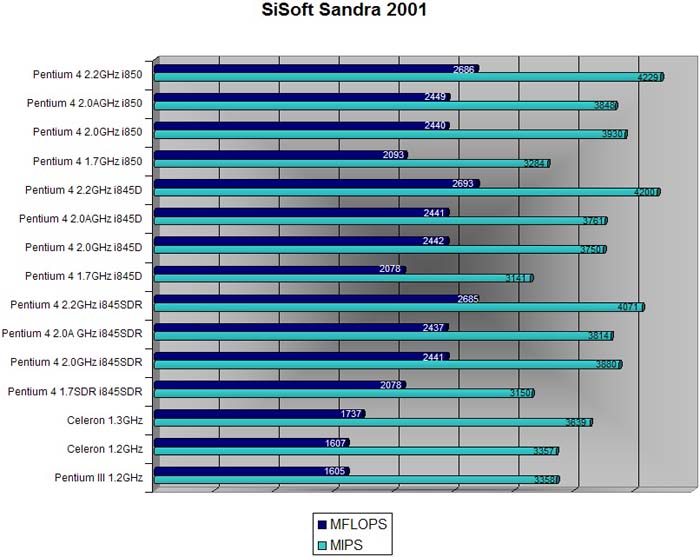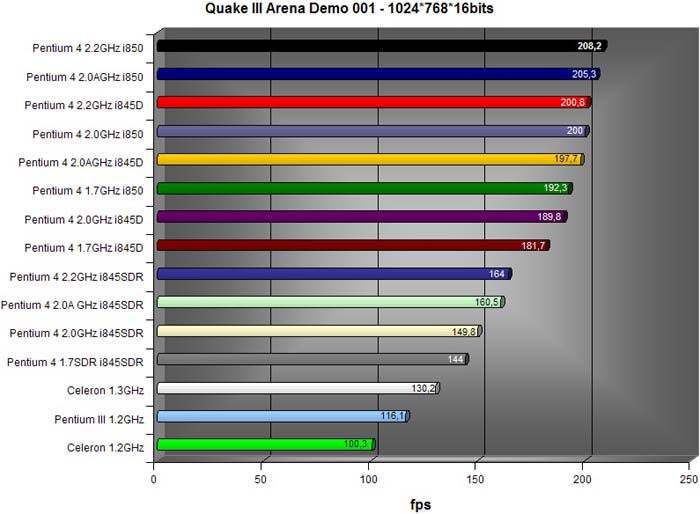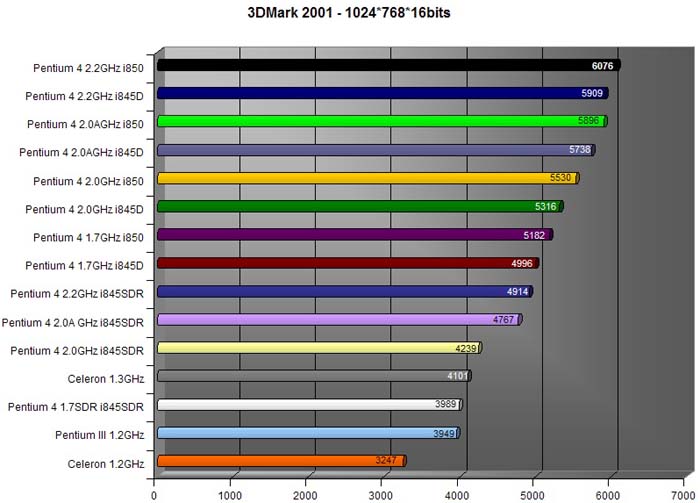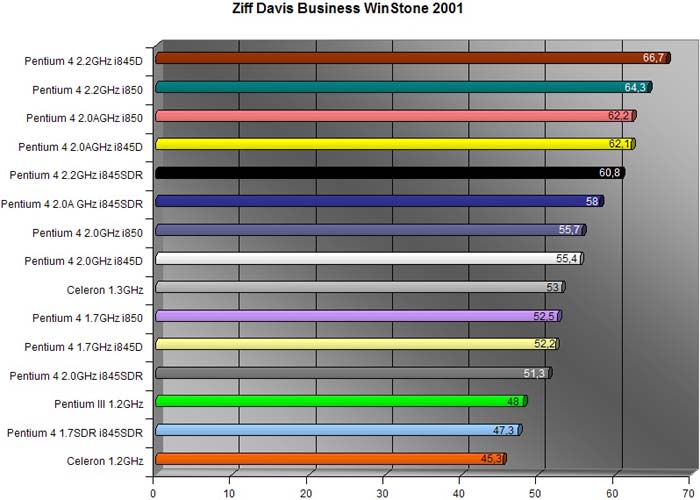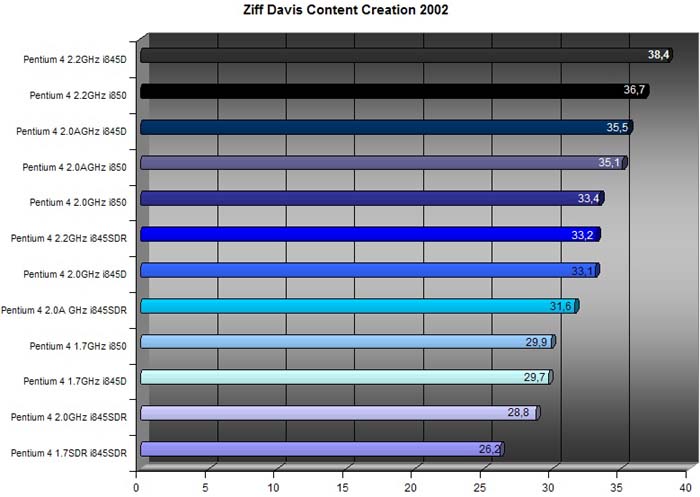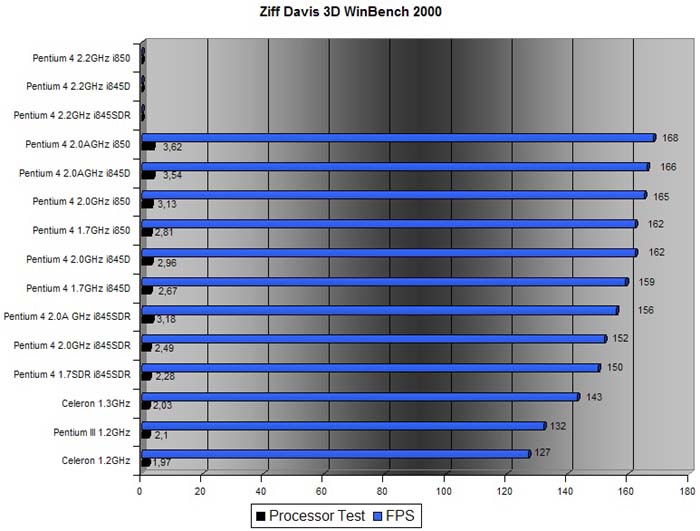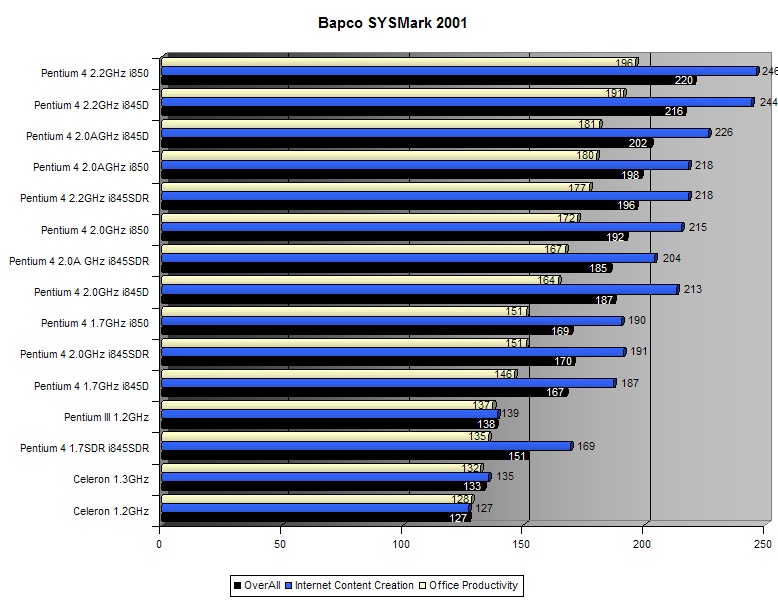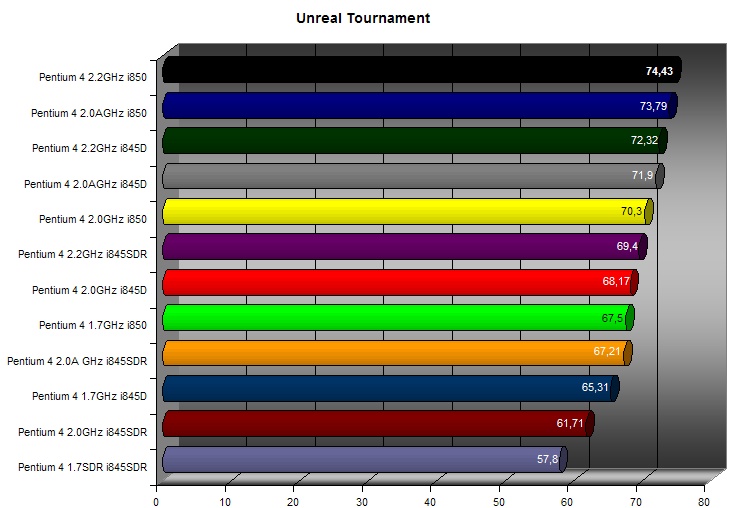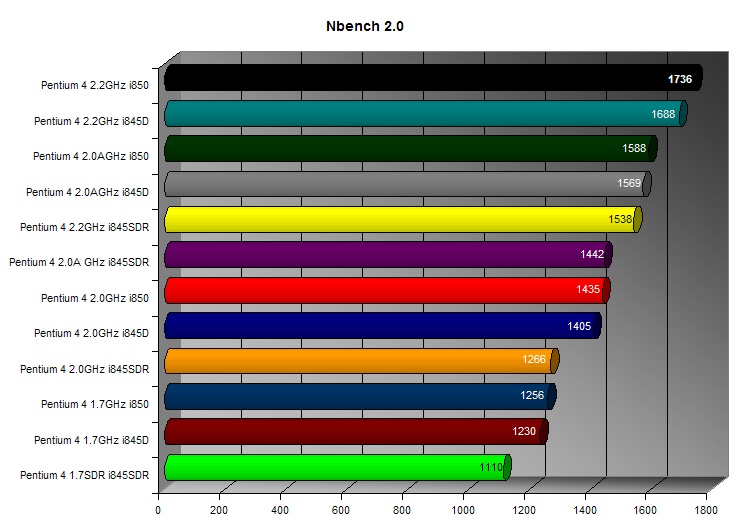
 |

|
| ActiveWin: Reviews | Active Network | New Reviews | Old Reviews | Interviews |Mailing List | Forums |
|
|
|
|
|
DirectX |
|
ActiveMac |
|
Downloads |
|
Forums |
|
Interviews |
|
News |
|
MS Games & Hardware |
|
Reviews |
|
Support Center |
|
Windows 2000 |
|
Windows Me |
|
Windows Server 2003 |
|
Windows Vista |
|
Windows XP |
|
|
|
|
|
|
|
News Centers |
|
Windows/Microsoft |
|
DVD |
|
Apple/Mac |
|
Xbox |
|
News Search |
|
|
|
|
|
|
|
ActiveXBox |
|
Xbox News |
|
Box Shots |
|
Inside The Xbox |
|
Released Titles |
|
Announced Titles |
|
Screenshots/Videos |
|
History Of The Xbox |
|
Links |
|
Forum |
|
FAQ |
|
|
|
|
|
|
|
Windows XP |
|
Introduction |
|
System Requirements |
|
Home Features |
|
Pro Features |
|
Upgrade Checklists |
|
History |
|
FAQ |
|
Links |
|
TopTechTips |
|
|
|
|
|
|
|
FAQ's |
|
Windows Vista |
|
Windows 98/98 SE |
|
Windows 2000 |
|
Windows Me |
|
Windows Server 2002 |
|
Windows "Whistler" XP |
|
Windows CE |
|
Internet Explorer 6 |
|
Internet Explorer 5 |
|
Xbox |
|
Xbox 360 |
|
DirectX |
|
DVD's |
|
|
|
|
|
|
|
TopTechTips |
|
Registry Tips |
|
Windows 95/98 |
|
Windows 2000 |
|
Internet Explorer 5 |
|
Program Tips |
|
Easter Eggs |
|
Hardware |
|
DVD |
|
|
|
|
|
|
|
ActiveDVD |
|
DVD News |
|
DVD Forum |
|
Glossary |
|
Tips |
|
Articles |
|
Reviews |
|
News Archive |
|
Links |
|
Drivers |
|
|
|
|
|
|
|
Latest Reviews |
|
Xbox/Games |
|
Fallout 3 |
|
|
|
Applications |
|
Windows Server 2008 R2 |
|
Windows 7 |
|
|
|
Hardware |
|
iPod Touch 32GB |
|
|
|
|
|
|
|
Latest Interviews |
|
Steve Ballmer |
|
Jim Allchin |
|
|
|
|
|
|
|
Site News/Info |
|
About This Site |
|
Affiliates |
|
Contact Us |
|
Default Home Page |
|
Link To Us |
|
Links |
|
News Archive |
|
Site Search |
|
Awards |
|
|
|
|
|
|
|
Credits |

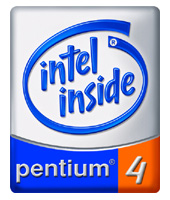
|
Product: Pentium 4 2.2GHz - Intel D845BG
Motherboards Company: Intel Website: http://www.intel.com Estimated Street Price: $529.00 (for the CPU) Review By: Julien Jay |
Benchmarks
|
Table Of Contents |
We have ran an incredible number of benchmarks on various platforms to compare the power of the Pentium 4 2.2GHz, 2.0A GHz, 2 GHz over other processors including Celeron 1.3 GHz, 1,2 GHz, Pentium III 1.2 GHz and Pentium 4 1.7 GHz. Plus we tested three different Pentium 4 dedicated motherboards exploiting the three official Pentium 4 chipsets: the Intel D850MD, D845HV & D845BG motherboards. To run our various tests we used the latest bios available from Intel running with 256 MB of 800 MHz ECC Rambus or PC133 SDRAM memory and with a Hercules 3D Prophet II Ultra (based on the GeForce 2 Ultra GPU) graphic board. Note that due to DDR supplies shortage we were ‘forced’ to use 512MB of PC2100 DDR-SDRAM. The hard disk used was a Maxtor UDMA 100 – 7200 RPM 30 GB. You can read the complete PC Setup below.
-
Complete PC setup for Celeron 1.3GHz & Pentium III 1.2GHz tests
Motherboard: Intel D815EEA2 with latest P16 bios
CPU: Pentium III 1.2GHz & Celeron 1.2GHz
Memory: 256Mb of PC133 SDRam
Hard Disks: Maxtor 30GB UDMA 100 7200rpm
DVD: GoldStar
Display adapter: Hercules 3D Prophet II Ultra 64 MB with latest WHQL 23.11 drivers
Peripherals: Yamaha CRW2100E CD Burner (16x/10x/40x), Microsoft TrackBall Optical, Microsoft Office Keyboard.
Everything was running under Microsoft Windows 2000 Professional SP2 with DirectX 8.1 installed and the Intel Chipset & Intel Application Accelerator Drivers.
-
Complete PC setup for Pentium 4 1.7/2.0/2.0A/2.2 GHz
Motherboards: Intel D850MD with latest P03 bios and i850 chipset - Intel D845HV with latest P06 bios and i845 chipset - Intel D845BG with latest P02 bios and i845D chipset
CPU: Pentium 4 1.7 GHz/2.0GHz/2.0A GHz/2.2GHz
Memory: 256Mb of RDRAM (Rambus) running at 800MHz with ECC correction - 512MB of PC2100 DDR-SDRAM
Hard Disks: Maxtor 30GB UDMA 100 7200rpm
DVD: Goldstar
Display adapter: Hercules 3D Prophet II Ultra 64MB with latest WHQL 23.11 drivers
Peripherals: Yamaha CRW2100E CD Burner (16x/10x/40x), Microsoft TrackBall Optical, Microsoft Office Keyboard.
Everything was running under Microsoft Windows 2000 Professional SP2 with DirectX 8.1 installed and the Intel Chipset & Intel Application Accelerator Drivers.
|
|
|
Ziff
Davis CPU Mark 99 is a rather old benchmarking tool that doesn't take
advantage of the new instructions brought by the Pentium 4. As you'll
see this benchmark doesn't rely much on the memory used by the system
since using a Pentium 4 with DDR or Rambus memory gives almost the same
result. However we clearly see that a Pentium 4 teamed up with an
i845SDR motherboard gives deceiving results since a Pentium 4 1.7 GHz
gives poorer result than the Celeron 1.2GHz! In this benchmark we see
that a Pentium 4 2.2GHz on an i850 based motherboard is 12% more
powerful than the Pentium 4 2.0 GHz. While the Pentium 4 2.2 GHz used on
a i850 motherboard is 2% faster than the same CPU used on a i845D
motherboard. Interesting the Pentium 4 2.0A GHz outperforms the Pentium
4 2.0 GHz (Willamette) by 5%.
According to this test the Celeron 1.3GHz is as powerful as the Pentium III 1.2GHz and outperforms its predecessor (the Celeron 1.2GHz) by 7%. This is absolutely normal even with a 100MHz advantage the Celeron 1.3 GHz beats the Pentium III 1.2 GHz, indeed the Celeron still suffers from a FSB clocked only at 100 MHz. |
|
|
|
CPU
MathMark 3.0 trains the processor to perform some basic and complex
mathematic operations (like 9^1500, calculating iterations of Pi, etc.)
Once those tests are completed it reports the time it takes for the CPU
to achieve such operations in seconds. Shortest is the bar in this
graphic, faster is the CPU. It's no surprise to see that the Pentium 4
2.2 GHz is the fastest processor. What is surprising, however, is the
fact the Pentium 4 2.2 GHz teamed up with the i845SDR chipset is faster
than the same processor coupled with the i850 chipset. At the light of
these results we can conclude CPU MathMark 3.0 doesn't rely on the
quality and performance of the memory used with the CPU.
Interesting: the Pentium 4 2.0 GHz used with the i845D takes exactly the
same time to perform the test than the same CPU used with the i850
chipset. The Pentium 4 2.2 GHz is 65% faster than the Celeron 1.2 GHz.
The Celeron 1.2 GHz is almost as fast as the Pentium III 1.2 GHz to
complete those arithmetic tests. The Celeron 1.3GHz is faster, by 8%
than the Pentium III 1.2 GHz. The Pentium 4 2.0A GHz is 1% faster than
the Pentium 4 2.0 GHz according to CPU MathMark 3.0. |
|
|
|
SiSoft Sandra 2001 performs real basic test measuring Whetstone &
Dhrystone values of a CPU. This benchmark program doesn't reflect at all
the potential of a Pentium 4, but since it's a widely used performance
measuring utility I can't skip it. As you can see the Pentium 4 2.2GHz
is far ahead, which is quite normal. Interesting enough is the fact a
Pentium 4 used with a i850 or i845SDR & i845D chipsets generally gives
almost the same results under SiSoft Sandra 2001 proving, once again,
that kind of tests isn't well adapted to modern processors.
You'll also notice that the Celeron 1.3 GHz outperforms its predecessor and the Pentium III 1.2GHz. Plus the Celeron 1.3 GHz is hard on the Pentium 4 1.7 GHz heels! |
|
MIPS: The Dhrystone benchmark is widely used in the computer industry as a measure of performance. Dhrystone is a synthetic benchmark, designed to contain a representative sample of operations normally performed by applications. They don't calculate a result of any kind, but they do perform the sort of complicated sequences of instructions that real applications use. The Dhrystone result is determined by measuring the time it takes to perform these sequences of instructions. Simple integer arithmetic, logic decisions, and memory accesses are the dominant CPU activities in most Windows programs. The Dhrystone benchmark makes intensive use of these areas.
|
|
|
|
How
can we do a complete roundup of the latest Intel processors without
testing them under Quake III Arena, the ultimate gamers' reference? This
test demonstrates how powerful a Pentium 4 processor is, over Pentium
III or Celeron as well as how important is the performance of the memory
attached to the CPU. The various systems tested were all using an
Hercules 3D Prophet II Ultra 64 MB graphics card with the latest NVIDIA
23.11 drivers. In this test, the Pentium 3 1.2 GHz features a pride'
surge since it beats the Celeron 1.2 GHz. Quake III Arena run on a
Pentium III 1.13 GHz shows a performance increase of 15% over the
Celeron 1.2 GHz. Nonetheless the Celeron 1.3 GHz outperforms its baby
brother, the Celeron 1.2 GHz, by 30%. Not to say the Celeron 1.3 GHz
beats the Pentium III 1.2GHz by 13%. The Pentium 4 2.2 GHz is ahead of the race with an amazing result of 208.2 fps. It's 108% faster than a Celeron 1.2 GHz, 2% faster than the Pentium 4 2.0 AGHz, 9% faster than a Pentium 4 1.7 GHz. As you have already noticed the results under Quake III Arena on the i845SDR platform don't really shine, but the results you get with an i845D really rock. Logically the results obtained with an i845D platform are weaker than what you get with an i850 showing how important and vital is the performance of the memory attached to the processor. Once again the Rambus memory imposes itself as the reference memory for Pentium 4 in order to get the best results. The Pentium 4 2.2GHz used with Rambus memory gives results that are 5% faster than the i845D. Notice however that this performance gap between the two platforms could be higher in favor of the i850 is only we had 256 MB of DDR memory.
A
Pentium 4 2 GHz used on a i845 motherboard scores 29% better than a
Pentium III 1.2 GHz, however it remains 34% slower than the same Pentium
4 2 GHz used on a i850 motherboard. The Pentium 4 2.0A GHz is 2% faster
than the Pentium 4 2 GHz (Willamette). |
|
|
|
MadOnion's 3D Mark 2001
has become an other reference when benchmarking PCs. We used it with our
faithful
Hercules 3D Prophet II Ultra 64MB. Just like with Quake III Arena the
Celeron 1.2GHz gives the poorest results, proving a 133MHz FSB really helps
(in comparison to Pentium III 1.2GHz). However the Celeron 1.3GHz
manages to beat both the Pentium III 1.2GHz and the Pentium 4 1.7GHz
(teamed to a i845SDR chipset). The Pentium 4 2.2GHz is 17%
faster than a Pentium 4 1.7GHz under this test. Once again the i845SDR architecture shows its limits since the Pentium 4 2.2GHz used on a i850
motherboard gives a result 23% better than the same CPU used on a i845SDR
motherboard.
The addition of 512KB of cache memory boosts the performance of the Pentium 4 2.0AGHz by 6% over the Pentium 4 2.0GHz. The Pentium 4 2.2GHz used on a D850MV motherboard (with Rambus memory) is faster by 3% than the same CPU used on an Intel D845BG motherboard with DDR memory. A Pentium 4 2.2GHz used on a i845D platform is 20% faster than the same CPU used on a i845SDR motherboard. Note that 3DMark 2001
outlines a ridiculous 1% performance increase for the Pentium 4 1.7GHz
on a i845 SDR platform over the Pentium III 1.2GHz. |
|
|
|
Business Winstone is a
system-level, application-based benchmark that measures a PC's overall
performance when running today's top-selling Windows-based 32-bit
applications on Windows 98 SE, Windows NT 4.0 (SP6 or later), Windows
2000, Windows Me, or Windows XP. Business Winstone doesn't mimic what
these packages do; it runs real applications through a series of
scripted activities and uses the time a PC takes to complete those
activities to produce its performance scores.
For our tests we used ZD Business Winstone 2001 1.02. As you can see the Pentium 3 1.2GHz gives a slightly better result than a Pentium 4 1.7GHz used along a i845SDR chipset. The Pentium 4 2.2GHz/i845D couple arrives on top and surpasses the same processor used on a i850 platform due to the fact we used 512MB on the i845D against only 256MB on the i850: indeed ZD WinStone 2001 relies a lot on the amount of memory available on a system. The very interesting thing in this test is the fact the Celeron 1.3GHz beats, in good logic, the Celeron 1.2GHz, the Pentium III 1.2GHz as well as the Pentium 4 1.7GHz (used on i845D, i845SD & i850 platforms) and the Pentium 4 2.0GHz used on a i845SDR platform. These surprising results mean one thing: Ziff Davis Business Winstone 2001 doesn't take any advantage from the Pentium 4 architecture.
ZD Winstone 2001 shows how
important is the on-die L2 cache memory a CPU has to offer: the Pentium
4 2.0AGHz is 12% than the Pentium 4 2.0GHz according to the results we
got. The Pentium 4 2.2GHz/i845D couple is 40% faster than the Pentium 4
1.7GHz/i845SDR system. |
|
|
|
Content
Creation Winstone is a system-level, application-based benchmark that
measures a PC's overall performance when running
top, Windows-based, 32-bit, content creation applications on Windows 98,
Windows 2000, Windows Me, or Windows XP. Following the lead of real
users, Content Creation Winstone 2002 keeps
multiple applications open at once and switches among those
applications. Content Creation Winstone 2002 is a
single large test that runs the above applications through a series of
scripted activities and returns a single score. Those activities focus
on what we call "hot spots," periods of activity that make your PC
really work--the times where you're likely to see an hourglass or a
progress bar.
For our tests we used Content Creation 2002. This test shows how important the new SSE2 instructions of a Pentium 4 are for multimedia applications. Just like for Ziff Davis Business Winstone 2001, the Pentium 2.2GHz/i845D couple beats the Pentium 4 2.2GHz/i850 only because it has got twice as much memory. The Pentium 4 2.2GHz used with a i845D motherboard is 16% faster than the same CPU used on a i845SDR motherboard. The Pentium 4 2.2GHz outperforms the P4 1.7GHz by 29% (on the i845D platform). The fact the P4/i850 manages to beat the P4/i845D at slow frequencies (1.7/2.0GHz) demonstrate how important it is to have a memory that offers a high bandwidth: the 400MHz of the Rambus manage to fill in the gap of the 256MB handicap our i850 platform has over the i845D (once again our i845D test system had 512MB of DDR-SDRAM). |
|
|
|
3D WinBench measures the
performance of a PC's 3D subsystem, which includes the Direct3D
software, the monitor, the graphics adapter, the graphics driver, and
the bus used to carry information between the graphics adapter and the
processor subsystem. This old benchmarking test doesn't
support DirectX 8.0, nor the Pentium 4 SSE instructions. Plus as every
other Ziff Davis benchmarks it features a major bug that makes it
unusable with the Pentium 4 2.2GHz. That's why no results appear for the
Pentium 4 2.2GHz.
The Pentium 4 2.0AGHz is 33% faster
than the Celeron 1.2GHz. The Celeron 1.3GHz outperforms the Celeron
1.2GHz by 13% and the Pentium III 1.2GHz by 8%. The
Pentium 4 2.0AGHz is 2% more powerful than the Pentium 4 2GHz: the gain
of performance is quite small which is absolutely normal since 3D
WinBench 2000 more likely focuses on the memory, bus and graphics card
performances. |
|
|
| Despite all the hype SYSMark 2001 generated when it was released, it remains an essential and very good benchmarking tool that is definitely not biased. SYSmark 2001 is meant for the serious benchmarking professional. It includes a robust set of 14 application benchmarks covering a wide range of Internet Content Creation and Office Productivity application categories. The applications emulate usage patterns of today's desktop business user that includes concurrent execution of applications. We have passed every Intel platforms under the grill of SYSMark and the results speak for themselves. The i850 platform gives the best result: according to SYSMark 2001, the Pentium 4 2.2GHz/i850 beats the Celeron 1.2GHz by 74%! The Celeron 1.3GHz is 5% faster than the Celeron 1.2GHz, but the Pentium III 1.2GHz beats them all thanks to its 133MHz FSB: the Celeron 1.3GHz is outperformed by 4% by the Pentium III 1.2GHz. The Pentium 4 2.0A GHz is 4% faster than the Pentium 4 2.0GHz. Interesting is the fact that the Pentium 4 2.0GHz used with a i845SDR platform equals the performance of a Pentium 4 1.7GHz used on a i850 system. The Pentium 4 2.2GHz is 15% faster than the Pentium 4 2.0GHz (willamette). |
|
|
| To complete our series of multimedia benchmarks, we tested the whole Pentium 4 family with the famous Unreal Tournament game. As usual we used a GeForce II Ultra 64MB along with NVIDIA's 23.11 drivers. We used 'utbench.dem' to test our CPUs. As you can see, the Pentium 4 2.2GHz/i850 arrives on top with 74.43fps with a 3% advance over the Pentium 4 2.2GHz/i845D. The Pentium 4 2.0AGHz/i850 outperforms the Pentium 4 2.0GHz by 5%. Since Unreal Tournament massively uses the memory, the framerate we get with the i845SDR platform is particularly dissapointing: it is 30% weaker than what you can get with a Pentium 4 2.2GHz/i850. Note that the Pentium 4 1.7GHz used on a i845D platform gives results that are better by 13% over the Pentium 4 1.7GHz/i845SDR, while the Pentium 4 1.7GHz/i850 beats them all by respectively 17% and 4%. Finally, according to Unreal, the Pentium 4 2.0AGHz is 5% faster than the Pentium 4 2GHz. |
|
|
| To conclude this extensive benchmark here are the results we get from AMD NBench 2.0. NBench is a program, made by AMD, that measures the ability of a CPU to render complex 3D scenes. It's obviously not optimized for the Pentium 4. Nonetheless I thought this was interesting to publish those results. As you can see the Pentium 4 2.2GHz/i850 is on top of the race outperforming the Pentium 4 1.7GHz/i845SDR by 55%! Once again we see the association of a Pentium 4 to SDR memory is really catastrophic in lights of those disastrous results. The Pentium 4 2.2Ghz/i850 is 4% faster than the same CPU used on the i845D platform. We see a 10% performance increase for the Pentium 4 2.2GHz when you switch from a i845SDR to a i845D platform once again demonstrating the Pentium 4 is nothing without powerful memory. Finally the Pentium 4 2.0AGHz is 7% faster than the Willamette 2.0GHz. |




